Fancy a bit of a read? It’s reached that stage where a well-crafted turkey sandwich and ten minutes peace and quiet is looking rather attractive isn’t it? Well make yourselves comfy and I shall take you on a tour of the Vitra Campus. Yes it’s a factory. A factory which produces some of the most iconic (and I don’t use that word lightly) furniture designs in the world. But it’s as much about where they are made as who by and how. Because the Vitra campus, which sits at the corner of France, Germany and Switzerland is a roll call of some of the most prestigious architects in the word.

Imagine a fashion label with clothes by Kate Moss, Naomi Campell, Cara Delavigne, Christy Turlington and Helena Christiansen. That’s the Vitra campus but with buildings by Frank Gehry, Zaha Hadid, Jean Prouve, Herzog & Mauron and Tadao Ando. Among others. Let’s not forget Nicholas Grimshaw, the British architect who started it all.
It’s one thing to wander around the factory and see so many recognisable chairs, tables and accessories but when each building is a wonder in itself, the whole DNA of the company really starts to make sense. And, since we have been looking at provenance and starting to think about where our furniture comes from, it made sense to finish off the year with a look at this place which I visited in November.
It’s tempting to say that the buildings have given rise to the furniture but in this case it was the other way round. Many of these design classics have been around since the 1950s. It was the care and devotion put into these designs than gave rise to the campus which, in turn, I’m sure, inspires new work.
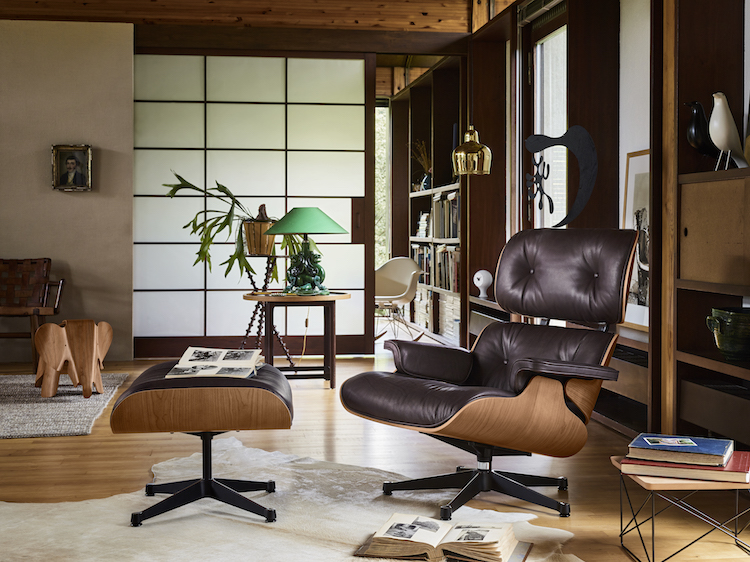
Take, for example, one of the more recent buildings – the white circular factory by Japanese company Sanaa. Not only is it round but it’s white. And inside it is painted in white and has windows – so that everyone can see the sky when they are at work. How different from the dark and gloomy traditional factories of Victorian Britain. In an intense 24 hours of touring this place that was the fact that stayed with me when I left.
Well that and the playground full of mini Panton S chairs and Eames Eiffel chairs. It was all so casual and yet so perfect – these plastic chairs were among the first to be mass-produced. They are totally fit for purpose, inside and out. Yes, these days the price means we treat them with a certain reverence, but they were designed to be manufactured in large numbers for everyone. To sit on and not just to be admired.
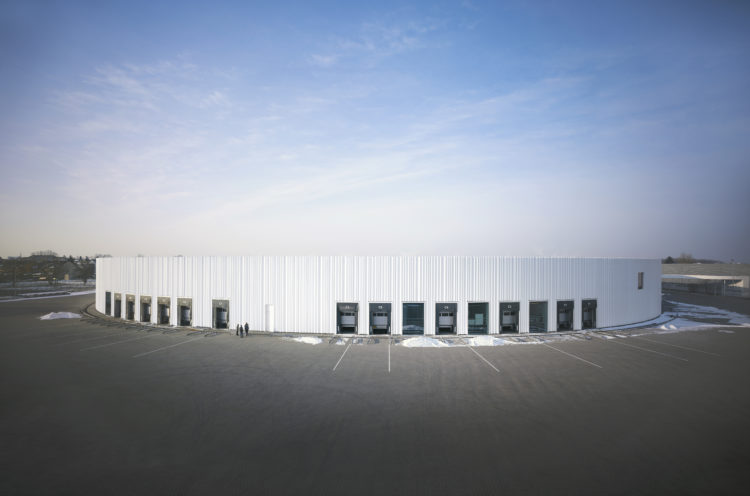
Visiting the campus, which, by the way is open 365 days a year so if you fancy escaping the in-laws next Christmas, they’ll be there, helps you to understand the DNA of this company. It was founded in 1950 by Willi and Erika Fehlbaum in 1950 (their grand-daughter, Nora, is the CEO today) but it was in 1953 during a trip to the US that Willi met Charles and Ray Eames after seeing one of their chairs in the window of a New York shop. He was so inspired by their work that he acquired the licence to produce their furniture and so it came to Europe for the first time. The Fehlbaums also started producing the work of Alexander Girard, Isamu Noguchi and George Nelson. The Danish designer Verner Panton was soon added to the roll call of authors (as the company calls them) and more recently Jasper Morrison, Barber & Osgerby and Antonio Citterio.

However, the campus, as it is today, did not come into being until 1981 and, as is so often the case with something brillant, it was born – not by accident but from an accident; a lightning strike caused a huge fire which destroyed a large part of the premises.
It was decided that the new buildings should be constructed by some of the world’s best architects. And so the roll call of names began. There is an exhibition space, a shop, restaurants – for visitors and workers. It welcomes some 350,000 visitors a year who come, not just to see and buy the furniture but to understand more about this forward-thinking company.

The first architect to be approached was Grimshaw, a leading proponent of so-called high tech architecture whose industrial buildings are clad in blue and silver sheet metal. In 1984, to celebrate Willi’s 70th birthday, his son Rolf commissioned a sculpture for the campus and during the course of his research Rolf came across the American Frank Gehry. Discussions between the two men led to the abandonment of the original plan to build a traditional factory and instead the idea of a campus as an assembly of “public and private, industrial and cultural elements” began to take shape.
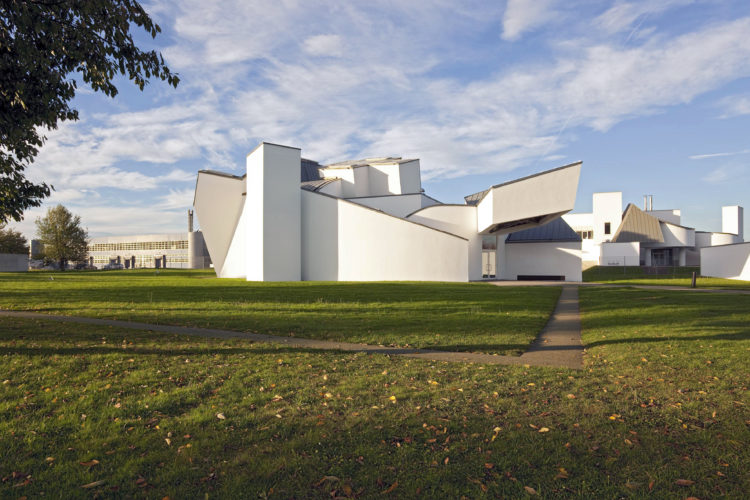
Gehry’s first building was initially designed to house Fehlbaum’s growing furniture collection. It became the Design Museum. To this was added the production facility – including cafeteria, office and showrooms and the Gate (yes it has a capital G) that divides the public and private areas of the campus. These three works are regarded as key parts of his portfolio.
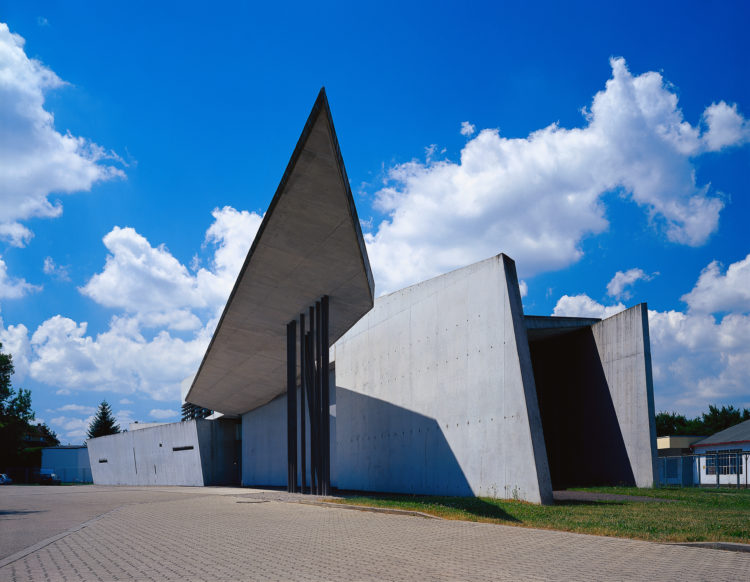
Next up was Zaha Hadid who designed the Fire Station which was the first of her designs to ever actually be built. It was created for the company fire brigade with a spacious garage for the engines on one side and training rooms on the other. It was, however, only briefly used as such and is now an events space where you can choose which design classic chair you wish to sit on and watch films about the company.
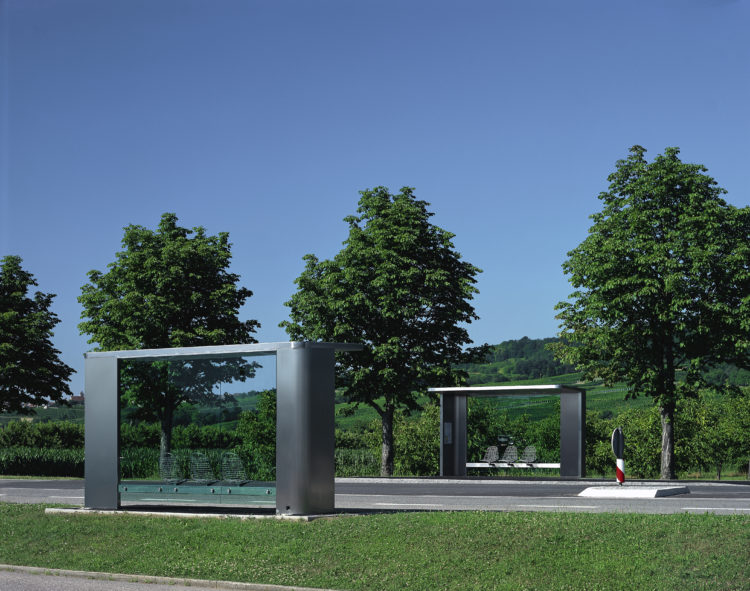
Work continued on the site including the twin bus stations by Jasper Morrison (above) and the white Sanaa building mentioned. A petrol station designed by Jean Prouvé in 1953 was fully restored and installed in 2003.
In 2010 the irregular shaped Vitra Haus was built by Herzog & Mauron. It’s the highest structure on the campus and therefore the most visible. This is where you find the shop, as well as a series of spaces designed to look like living spaces and fully furnished. On the top floor, known as the loft, is an exhibition space, last year given over to India Mahdavi, the French architect, who transformed it into her vision of Alice in Wonderland complete with giant teapot and a mix of over and undersized furniture.
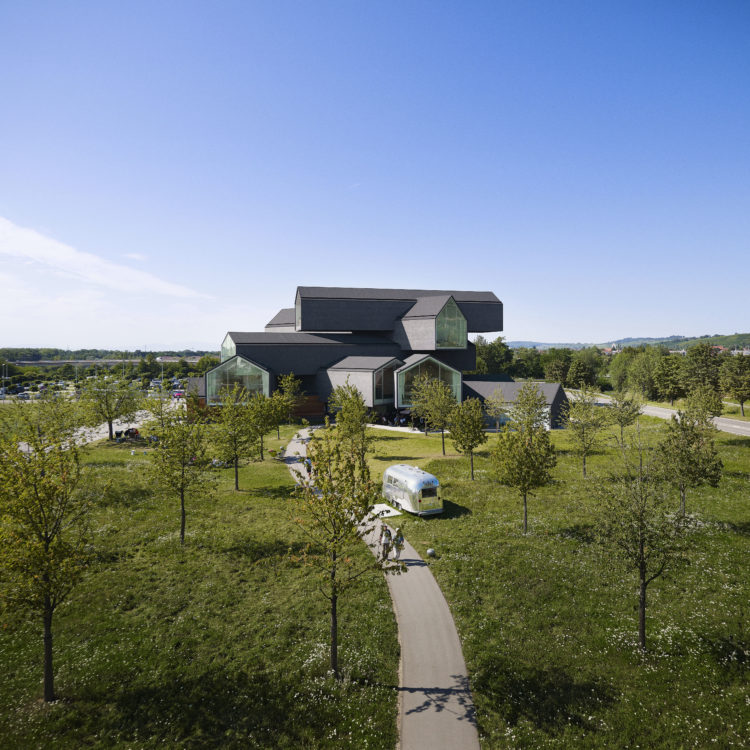
I hope this has given you a little more sense of this place. You can fly to Basel if you want to visit and it’s about a 20 minute drive from there in Weil Am Rhein, Germany. When you understand the philosophy behind the manufacturing process, you understand more about what you are buying.
Yes an Eames lounge chair will set you back the thick end of four grand (plus another three for the footstool) but it’s an heirloom. The company has also recently expanded its range of accessories at a much more accessible price point (and I’m now wondering if there’s an etymological link between those two words) including trays by Girard, as well as the dolls, blankets with the Eames dot design and the famous house bird. This comes in traditional black but has been produced as a limited edition in white until the end of January so if you’re sitting on a small pile of Christmas money and fancy giving yourself a treat, that might be the thing.
I was lent one for this picture and sadly it has had to go back. But it looks so fine on my mantelpiece I might have to invest. What do you you think? Right, Christmas cake anyone?
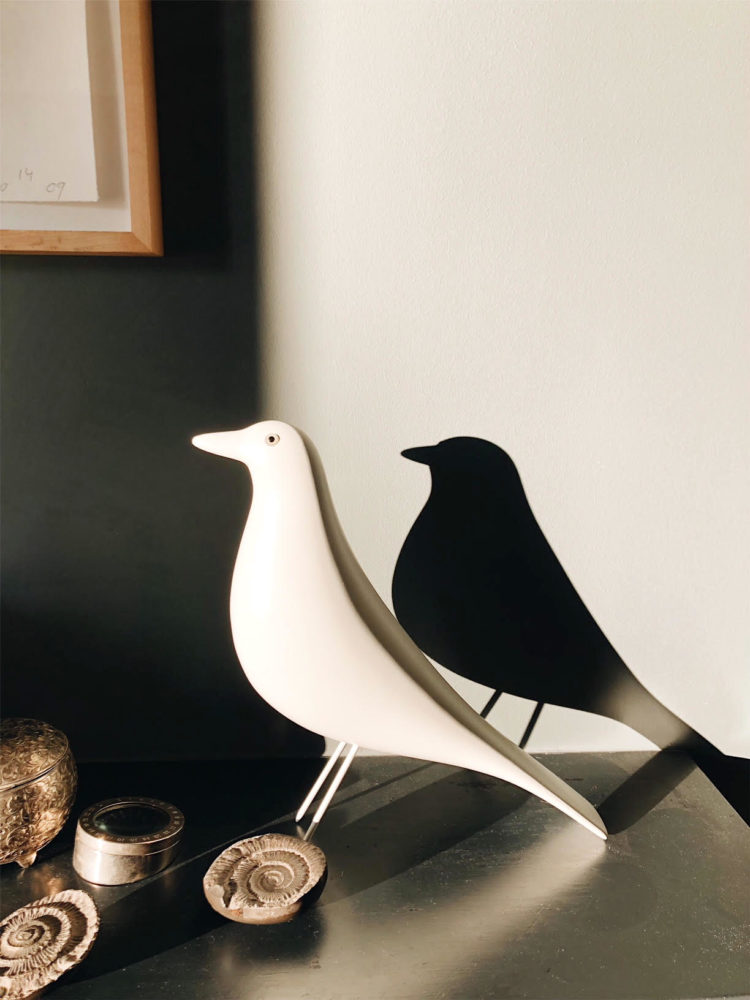
And for those of you who have read this far do come back tomorrow for tomorrow I shall show you the book reveal. Yes it’s writtten and designed and rolling off the printers as we speak.

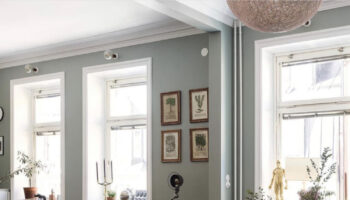
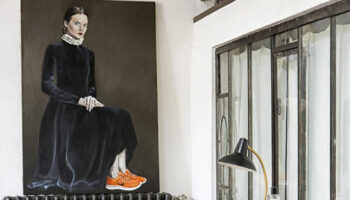
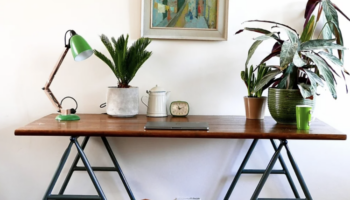
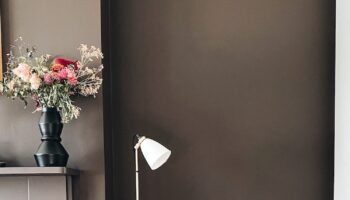
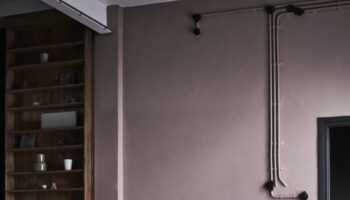
Ugh this just leaves me cold the obscenity of it all. The price of that bird! It’s a wooden bird for god’s sake. They are laughing at you foolish people. Kate, you hit the nail on the (bird’s 😊) head when you said “…they were designed to be manufactured in large numbers for everyone….” indeed! And given this, they have clearly not stayed true to what the original designers intended – i.e. affordable furniture for EVERYONE. Now it’s just very expensive furniture for the few, and all driven by people wanting to be trendy. There are plenty of good copies around which I know does potentially stilt future design, but just because a copier does not have the license to produce these designs does NOT mean they are automatically poor quality. This is marketeers heaven, the constant plug about how bad copies are and how it’s not authentic bla bla bla. Well if they hadn’t been so greedy in the first place and if they had stuck to the original intention of mass production for all that the Eameses et al has in mind, then copies need not have been necessary. .
Good investment? Yes perhaps but if the bird “speaks to your soul” you will love it forever so buy it. The new book sales will more than cover what you pay!!!
I did just that in the late 1970’s, an antique cherry wood, country style, dining table and have never regretted it, despite the scrimping and saving. Oh and fibs told to my husband regarding the price I paid!!
How do you find the Eames lounger? I have loved the look of it for years, but trying it out a few times in John Lewis I found it rather uncomfortable — made for a bigger person than me? And not adjustable, I have heard?
Wonderfully inspiring and just the thing for a sleety Dec 27th. It’s quite simple – you NEED the white bird. I’ve got the black one – he’s an inspiring presence on my desk – and I’m thinking maybe he’d like a friend … fabulous!